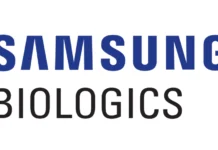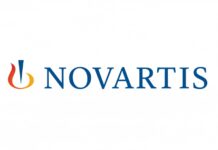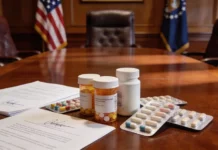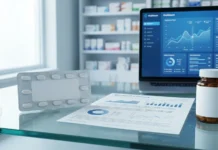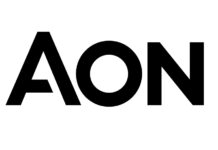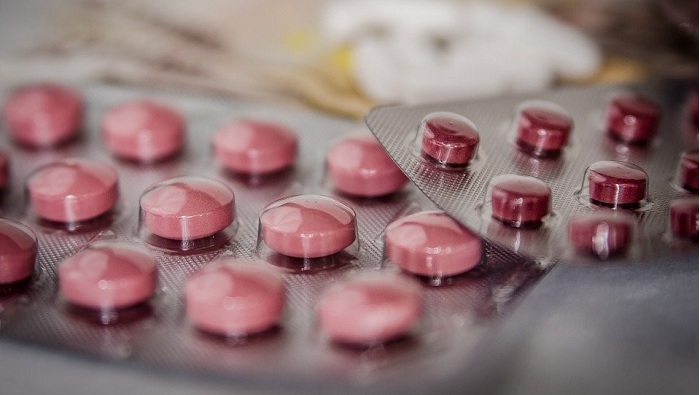Given that the pharmaceutical industry is inherently linked with healthcare and wellness, ensuring high cleanliness standards and that any risks are identified and addressed is vital – the lives of civilians depend upon it. This means that extensive protocols are required to prevent any contamination or damage occurring during the production, packaging and dissemination of all pharmaceuticals.
In addition to death and illness, failing to make sure that appropriate measures have been taken to render pharmaceuticals safe during any of the above processes can have life-changing effects. Contamination is one of the biggest risks with regards to this, thus we have put together this post that aims to explain what contamination is, the consequences of it, and how to effectively manage risks and prevent contamination.
Contamination – Types and Causes
There are three different types of contamination that can occur during any one of the processes outlined above: physical, chemical, and biological contamination.
The first – physical contamination – is caused when foreign materials or particles combine with the product, affecting either the process or quality of the product, and it is widely acknowledged that this type of contamination occurs the most. Chemical contamination refers instead to the mixing of gasses, vapors, or moisture from elsewhere in the product being produced, while biological contamination is caused by fungi, viruses, or bacteria entering the product.
There are multiple ways that contamination can occur, including leaks, the breaking down of equipment, improper cleaning practices, and re-using containers that previously held different materials, all of which are usually caused by human error. Any of these methods of contamination can negatively affect the end product, rendering it dangerous and/or unusable.
Consequences of Contamination and Cross-Contamination
Preventing and managing risks associated with contamination has long been a feature of pharmaceutical manufacturing, due to the adverse effects that can occur in the health and safety of patients as a result. To appropriately manage contamination, a keen understanding of microbes, microbial entry points, and the variable routes they may take once in the body is an essential prerequisite.
The consequences of contamination and cross-contamination (when the particulates of one product are accidentally introduced to another) are wide-ranging and potentially severe. If a fungus, virus or bacteria were to contaminate medication taken intravenously, there is a high possibility of the contaminant entering the bloodstream and leading to complications such as sepsis – which could cause death – the blockage of capillaries, or damage to internal organs. Cross-contamination with a different product, meanwhile, can reduce the efficacy of the medication, lead to allergic reactions, or build up within the body, leading to an overdose of an unintended substance and possible poisoning.
Preventing Contamination
Managing risks and preventing contamination/cross-contamination is vital with the realm of pharmaceuticals, and there many different methods of ensuring this, including the reduction of personnel in the manufacturing stage, a strict disinfection and cleaning protocol, improved facility design complying with regulations in terms of temperature, humidity, and air filtration, and regulating water use to ensure that only distilled water is used during the production and cleaning process.
GMP (Good Manufacturing Practices) rules specify the use of particular equipment and measures that are designed to prevent contamination of products, including vacuum solutions for pharmaceutical sector. Efficient and safe industrial vacuums help to prevent the three types of cross-contamination we established, and are therefore essential for all pharmaceutical labs and manufacturers.
Maintaining high standards of cleanliness within pharmaceutical manufacturing premises is an essential but complex task. Understanding the types, causes, and prevention of cross-contamination can save countless lives, and is essential knowledge for anyone within the pharmaceutical sector.



